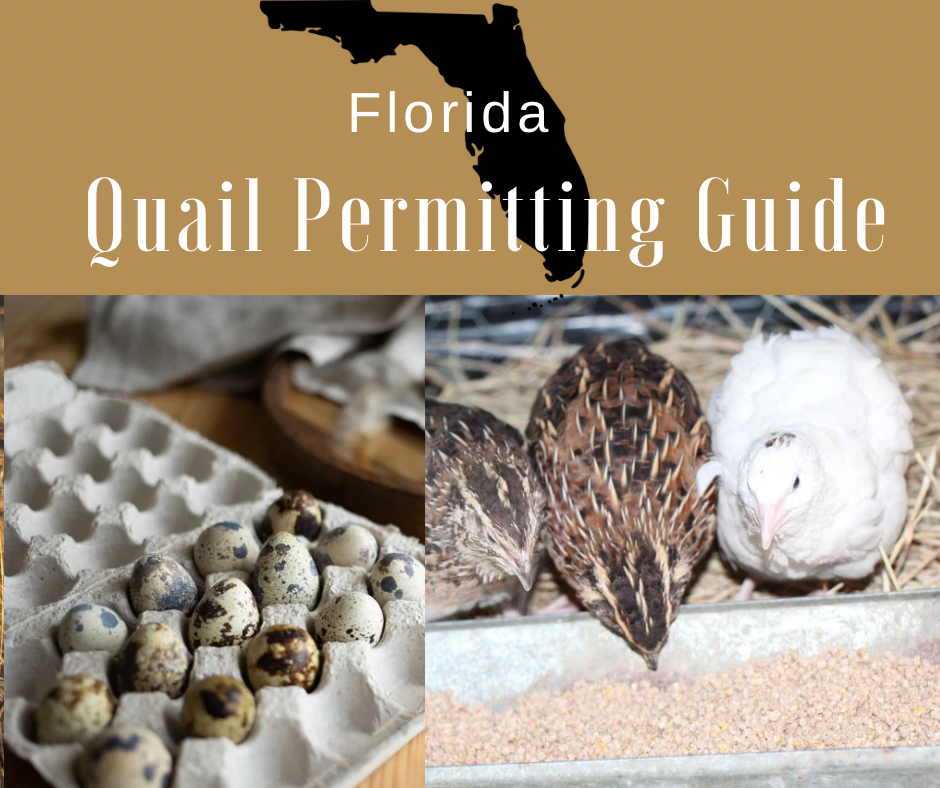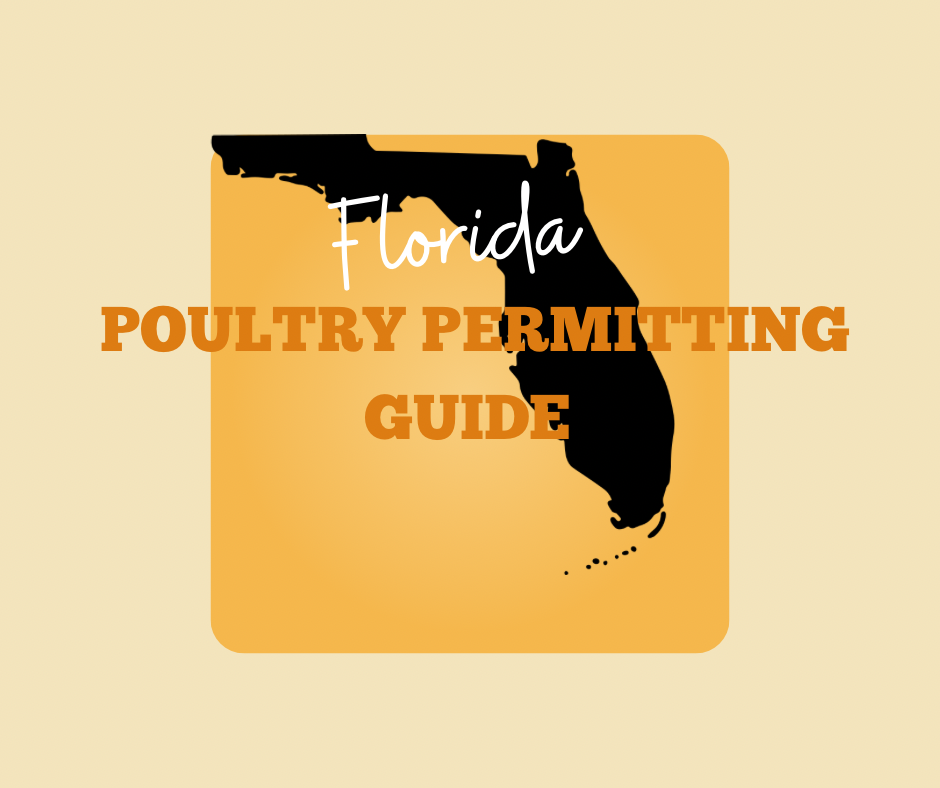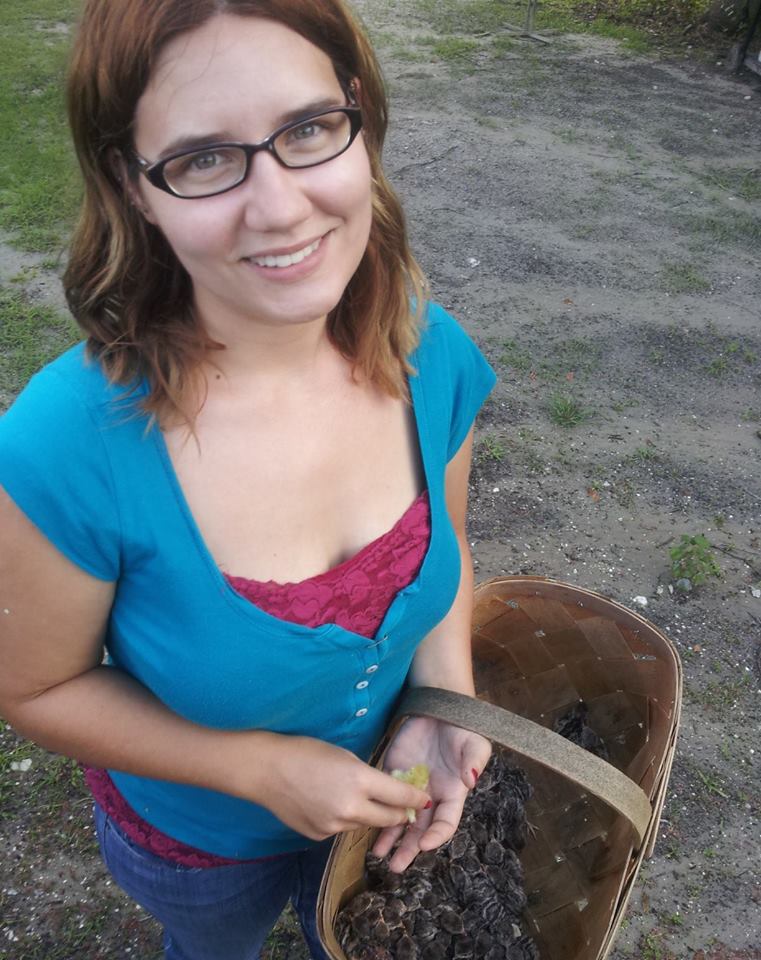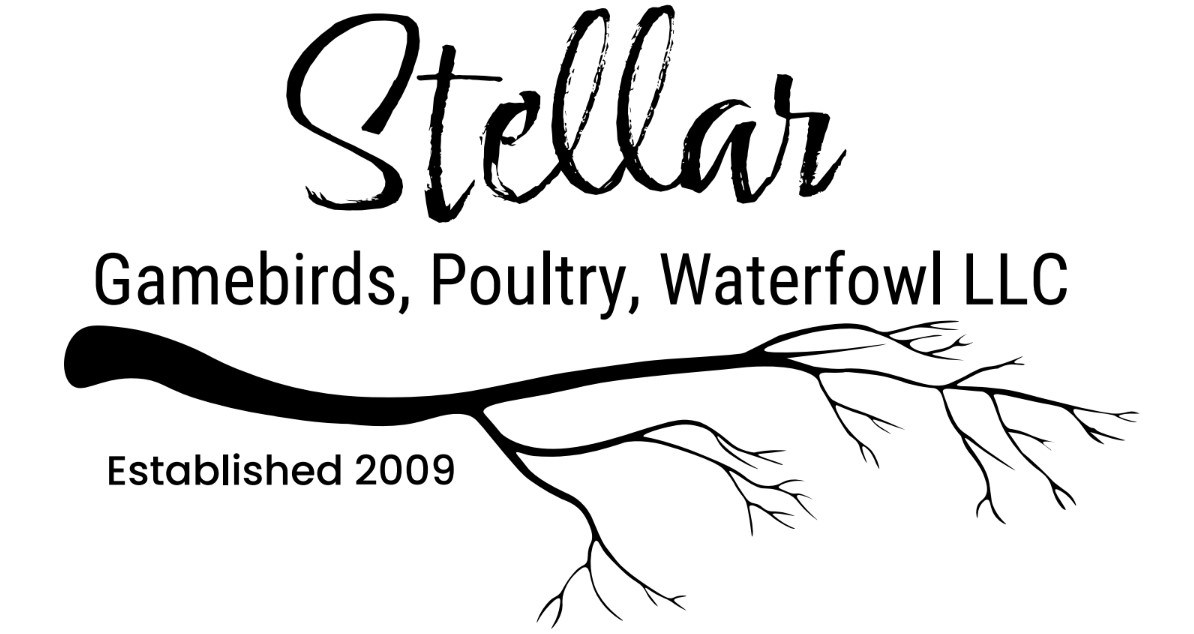Coturnix quail are remarkable birds with a range of behaviors that, when understood, can greatly improve the care you provide them. By observing and interpreting their actions, you can create an environment that meets their physical and psychological needs, leading to healthier and happier birds. We will explore the key behaviors of Coturnix quail, including their social interactions, nesting habits, and foraging instincts, offering insights that can help you enhance your quail husbandry practices.
Social Interactions
Coturnix quail are naturally social animals that thrive in groups. In their natural habitat, quail form loose coveys, interacting frequently with each other. For domesticated quail, keeping them in small groups of four to six birds is ideal. They find security in numbers, which reduces stress and helps them feel safer. Isolating a quail can lead to stress and anxiety, so it’s important to maintain a group dynamic.
Like many birds, quail establish a pecking order within their group. This hierarchy determines access to resources such as food, water, and nesting sites. While mild pecking is normal as they establish this order, excessive aggression can indicate issues such as overcrowding or insufficient resources. To minimize stress and prevent bullying, ensure your quail have enough space, multiple feeding stations, and hiding spots where they can retreat if needed.
Communication
Quail communicate using a variety of sounds, including coos, trills, and chirps. Each type of vocalization serves a different purpose. Some sounds are used to establish territory, while others may be alarm calls alerting the group to potential danger. By familiarizing yourself with these sounds, you can gain insights into the overall mood and well-being of your quail. For example, frequent alarm calls might indicate that your quail are feeling threatened or stressed.
Quail also use body language to communicate with each other and with their environment. For instance, puffing up their feathers can be a sign of contentment or a way to regulate body temperature. On the other hand, huddling in a corner or excessive feather ruffling can be indicators of stress, illness, or discomfort. Paying attention to these subtle cues can help you quickly address any issues affecting your flock.
Nesting and Reproductive Behavior
In the wild, quail create simple nests on the ground, often in hidden, secluded areas to protect their eggs from predators. They prefer shallow depressions lined with grass, leaves, or other soft materials. In captivity, providing nesting boxes or secluded corners within their enclosure can encourage natural nesting behavior. You can place straw, hay, or shredded paper in these areas to give your quail suitable materials for nest building.
Female quail are prolific layers, often producing an egg almost daily during their peak laying season. Quail are ground layers and may lay eggs in communal nests if kept in groups. Ensuring a quiet, safe environment is crucial for consistent egg production. If quail feel threatened or stressed, they may reduce their laying frequency or stop laying altogether.
Brooding and Raising Chicks
Unlike some poultry species, Coturnix quail are generally not broody, meaning they do not usually sit on their eggs to hatch them. If you plan to hatch quail eggs, you’ll likely need to use an incubator. However, on rare occasions, some quail may exhibit broody behavior, sitting on their eggs and attempting to hatch them. It’s important to monitor these broody quail closely, as they may not always follow through with the full incubation period.
Quail chicks are highly active from the moment they hatch. They instinctively start foraging and pecking at food almost immediately. Providing a warm, safe brooder with easy access to food and water is essential for their survival and growth. It’s also important to ensure the brooder is secure, as quail chicks are known for their ability to escape through small gaps.
Foraging and Feeding Behavior
Natural Foraging Instincts
In the wild, quail spend much of their day foraging on the ground, searching for seeds, insects, and small plants. Even in captivity, they retain this instinct and will enjoy scratching and pecking at the ground or substrate in their enclosure. Providing a substrate such as sand or fine gravel can encourage natural foraging behavior. You can also scatter small amounts of feed or treats in their enclosure to stimulate their foraging instincts and keep them mentally stimulated.
Quail, like many birds, enjoy dust bathing as a way to keep their feathers clean and free of parasites. Offering a shallow dish filled with sand, dirt, or a mixture of both allows your quail to engage in this natural behavior. Dust bathing is not only a grooming activity but also provides mental stimulation, helping to reduce boredom and stress.
Feeding Behavior
Quail have specific dietary needs that differ slightly from other poultry. They require a diet high in protein, especially during the laying season, to support egg production. A commercial game bird feed is often the best option, as it is formulated to meet their nutritional requirements. You can also supplement their diet with fresh greens, seeds, and insects to mimic their natural foraging diet.
Sometimes, quail may show aggression over food, especially if resources are limited. To prevent this, ensure that food and water are distributed evenly throughout the enclosure, with multiple feeding stations if necessary. This setup reduces competition and ensures that all birds have access to the resources they need.
Environmental Enrichment
Providing Mental Stimulation
- Interactive Environment- Quail are intelligent birds that benefit from environmental enrichment. Incorporating objects such as logs, branches, or small tunnels into their enclosure can provide both physical exercise and mental stimulation. Changing the layout of their environment periodically also keeps things interesting for them and encourages exploration.
- Foraging Toys- Introducing foraging toys or puzzles can keep quail entertained and engaged. These toys can be as simple as a small container filled with food that they must work to open or scatter feeders that make them search for their food.
Managing Stress
Quail are sensitive to changes in their environment, and stress can lead to a range of health issues, including decreased egg production and weakened immune systems. To reduce stress, maintain a stable environment with minimal disturbances. Quail are particularly sensitive to loud noises, sudden movements, and the presence of predators (even if they are not directly threatened). Ensuring their enclosure is secure and free from potential threats is crucial for their well-being.
Regularly monitoring your quail for signs of stress or illness allows you to address any issues before they become serious. Early signs of stress include changes in vocalization, feather plucking, or changes in eating and drinking habits.
Understanding the behavior of Coturnix quail is key to providing them with the best care possible. By recognizing their social needs, nesting instincts, foraging behaviors, and environmental preferences, you can create a more enriching and supportive environment for your quail. Whether you’re raising quail for eggs, meat, or simply as a hobby, paying attention to their behavior will lead to a healthier, happier flock and a more rewarding experience for you as their caretaker.








